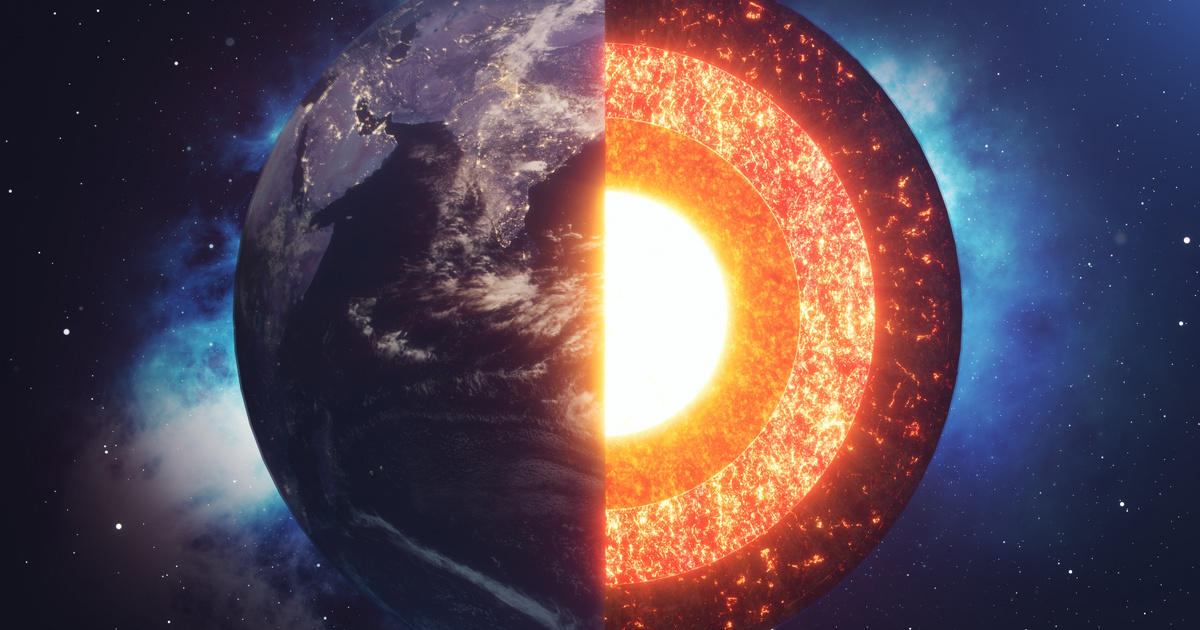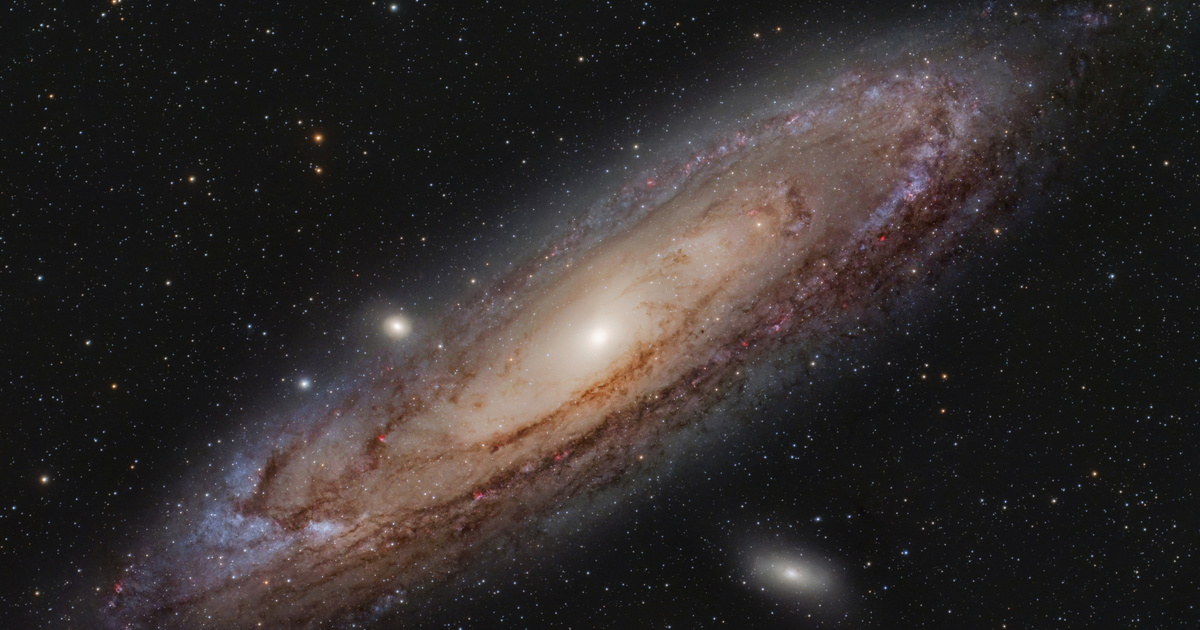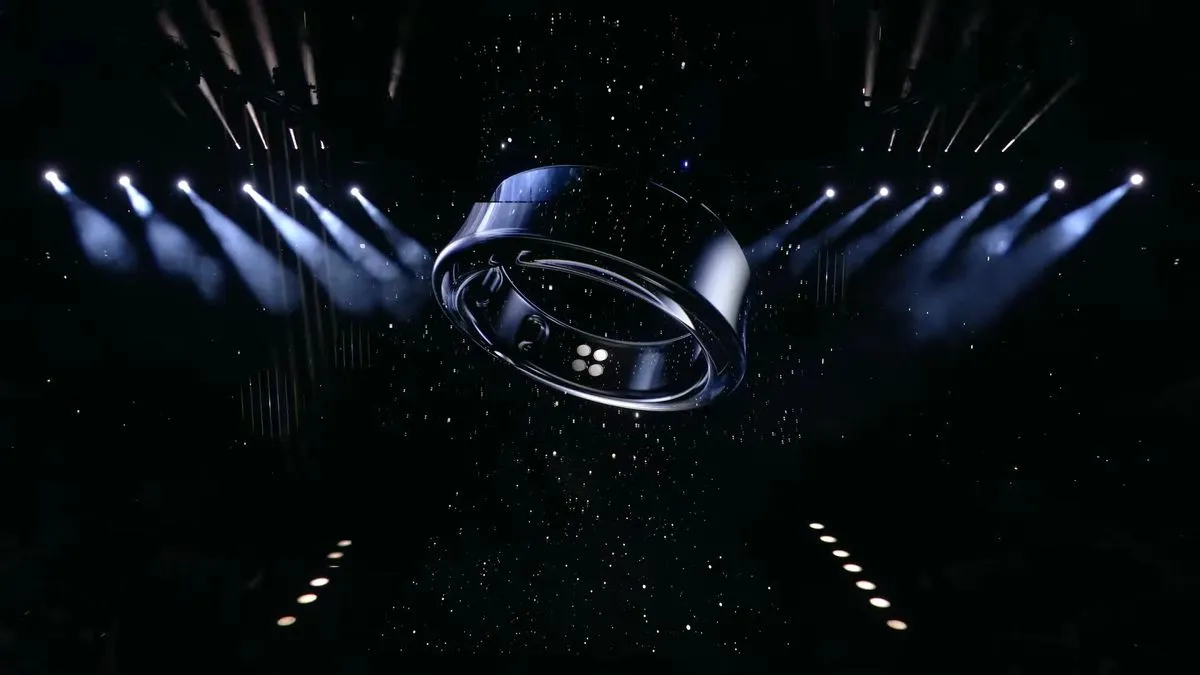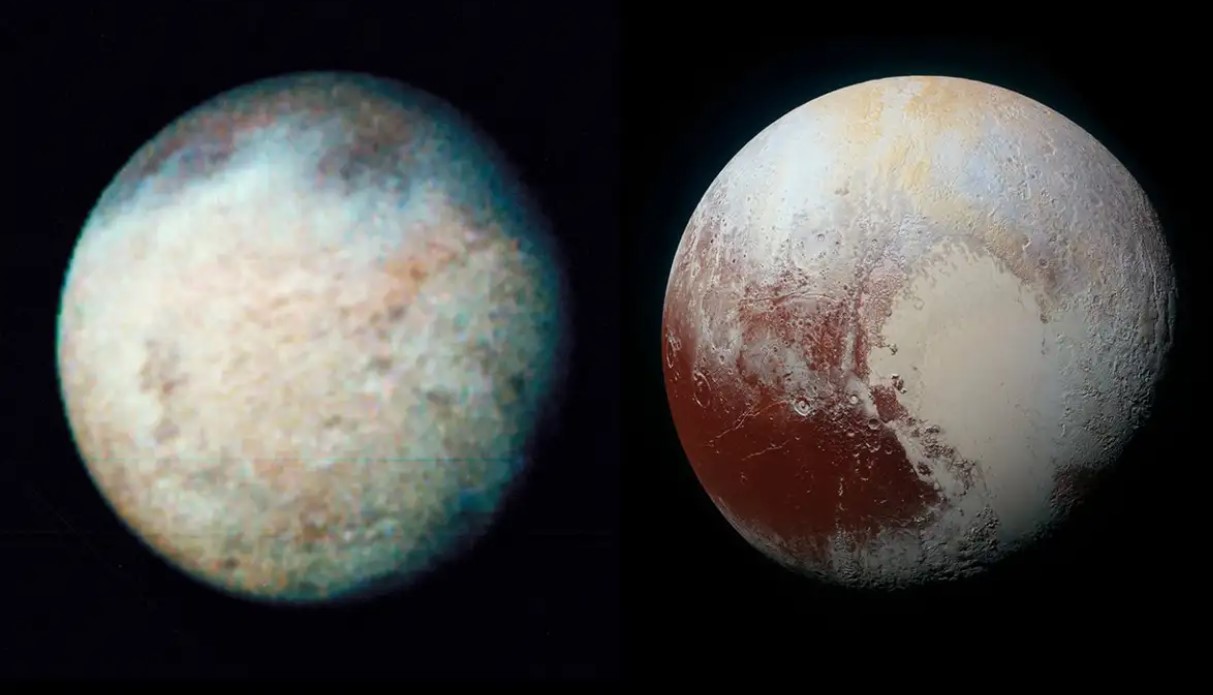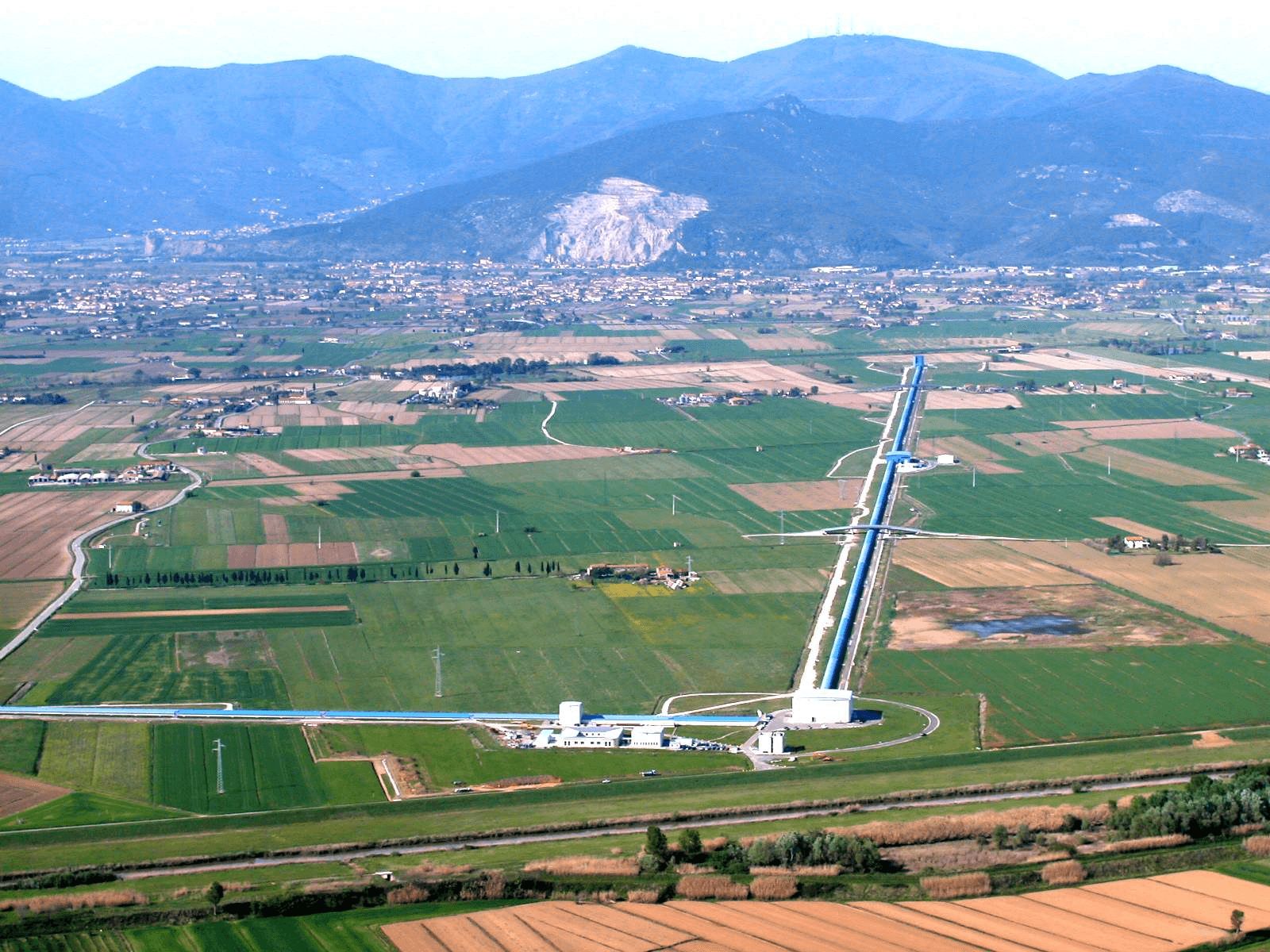Astronomers have long suspected that merging black holes can lead to a massive increase in the speed of large black holes created in this way, but they have now also been able to prove this.
When a pair of black holes merge, the resulting larger black hole could theoretically accelerate to extraordinary speeds – and it has already done so now.

Vijay Varma, a physicist at the Max Planck Institute, and colleagues discovered this fast-moving black hole when they reviewed data from LIGO in the United States and the Virgo Observatory in Italy for a second time. These observatories measure gravitational waves, or ripples caused by the motion of massive objects in spacetime.

The marker studied by Varma and colleagues was assigned GW200129. This is due to two black holes rotating around each other, spiraling inward and collide, resulting in a larger black hole. It was found that prior to the merger, the spin axes of black holes were not identical to each other, or their axes rotated through the point in space they orbited.

This gives an indication of where the original black holes might have formed.
Isolated systems tend to align their rotation according to models. When we see these uncoordinated spins, it suggests that this binary system may have originated in a more crowded environment, says Leo Stein, a University of Mississippi physicist who was not involved in the research.
The important question is what happens to the merger’s black hole.
The final fusion is figuratively comparable to a cannon bullet. When a cannonball flies out of the barrel of the cannon, the cannon bounces back in the opposite direction. When black holes emit gravitational waves, a similar process occurs — in this example, the gravitational waves represent the cannonball and the black hole that remains behind the cannonball, says David Girosa, a physicist at the University of Milan Bicocca in Italy.

The researchers calculated that this “kicking effect” should be able to give black holes a fast punch of hundreds of kilometers per second, as evidenced by the first observation. Varma and his colleagues calculated that the final object’s velocity was at least 700 km/s and possibly closer to 1500 km/s, which could be fast enough to eject the black hole from its original galaxy.

This evidence, that is, that black holes are able to leave their birth environment after merging, is a very important discovery because it means that a black hole can escape from an environment crowded with stars.
It also means that the universe might be full of black holes moving at extreme speeds, but that shouldn’t be a concern. Varma stresses that space is so vast that there is no chance for Earth or the Solar System to encounter such a black hole.
(Source: New World)

















